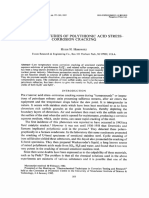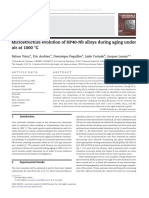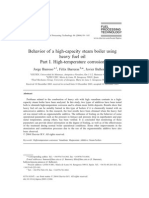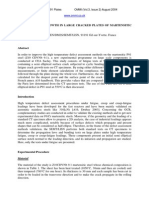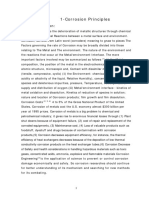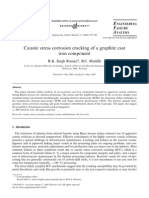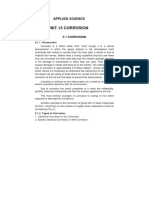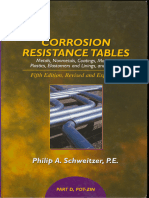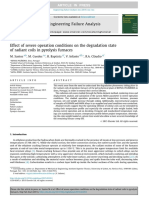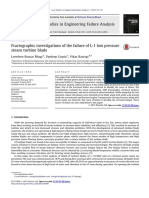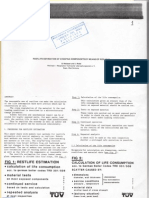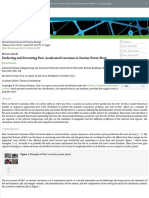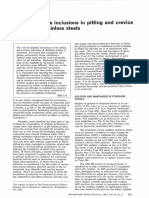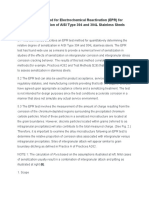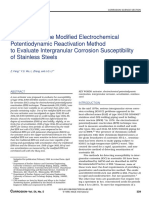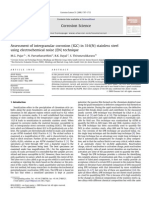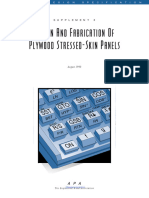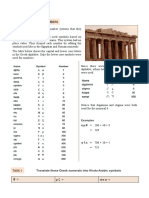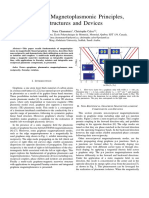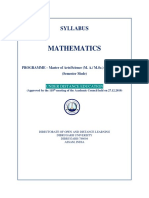100% found this document useful (1 vote)
189 views24 pagesIntergranular Corrosion of Incoloy 800 - Rahman 1986
1. The document describes experiments conducted to compare two methods for measuring the degree of sensitization (DOS) in Incoloy 800: the electrochemical potentiokinetic reactivation (EPR) method and the Huey test method.
2. Specimens of Incoloy 800 were annealed at temperatures from 500°C to 1000°C and then tested using both EPR and Huey methods. The EPR method involved polarization scans in sulfuric acid solution while the Huey test exposed specimens to boiling nitric acid over multiple time periods.
3. The results from the two methods did not show good correlation. The EPR method showed good reproducibility but indicated sensitization at higher
Uploaded by
George SalsburyCopyright
© © All Rights Reserved
We take content rights seriously. If you suspect this is your content, claim it here.
Available Formats
Download as PDF, TXT or read online on Scribd
100% found this document useful (1 vote)
189 views24 pagesIntergranular Corrosion of Incoloy 800 - Rahman 1986
1. The document describes experiments conducted to compare two methods for measuring the degree of sensitization (DOS) in Incoloy 800: the electrochemical potentiokinetic reactivation (EPR) method and the Huey test method.
2. Specimens of Incoloy 800 were annealed at temperatures from 500°C to 1000°C and then tested using both EPR and Huey methods. The EPR method involved polarization scans in sulfuric acid solution while the Huey test exposed specimens to boiling nitric acid over multiple time periods.
3. The results from the two methods did not show good correlation. The EPR method showed good reproducibility but indicated sensitization at higher
Uploaded by
George SalsburyCopyright
© © All Rights Reserved
We take content rights seriously. If you suspect this is your content, claim it here.
Available Formats
Download as PDF, TXT or read online on Scribd
/ 24
